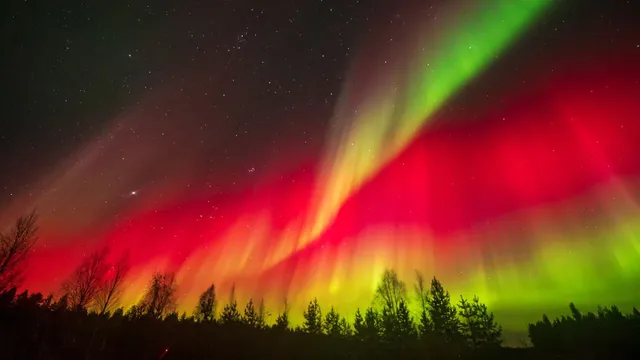- By Ajeet Kumar
- Thu, 13 Nov 2025 12:33 PM (IST)
- Source:JND
Northern Lights Pics: In a spectacular and unusual event, the northern lights (aurora borealis) illuminated skies across North America on Tuesday, November 11th. The phenomenon, caused by a geomagnetic storm, is even expected to make a return appearance in the coming nights. Auroras occur when charged particles from a solar flare collide with Earth's atmosphere, creating the vibrant light display.
Here's key facts about northern lights
1. Scientific Cause: The Northern Lights, or Aurora Borealis, occur when charged particles from the Sun collide with gases in Earth's atmosphere, exciting them to emit light; this is most visible near the magnetic poles.
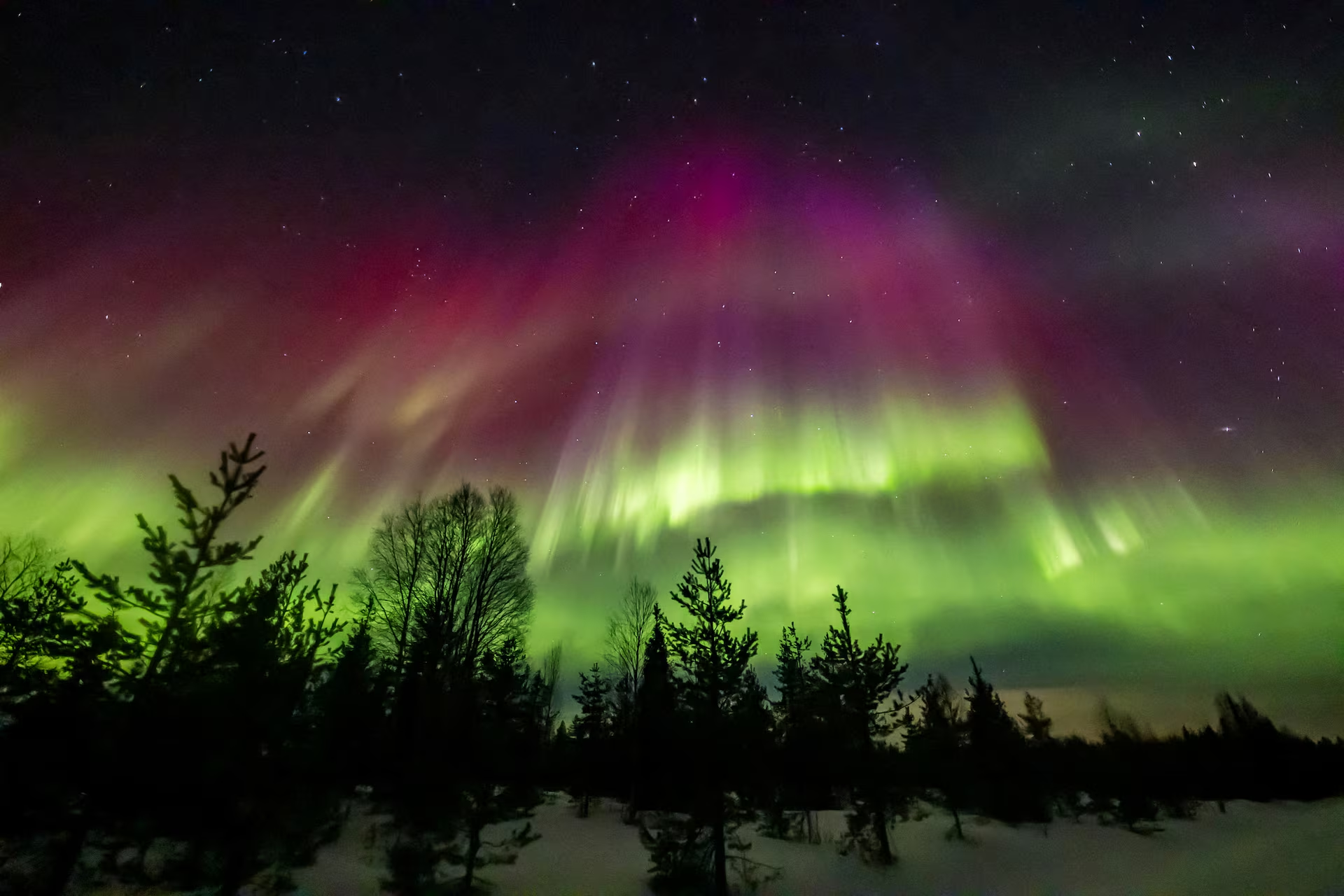
(CREDIT: REUTERS)
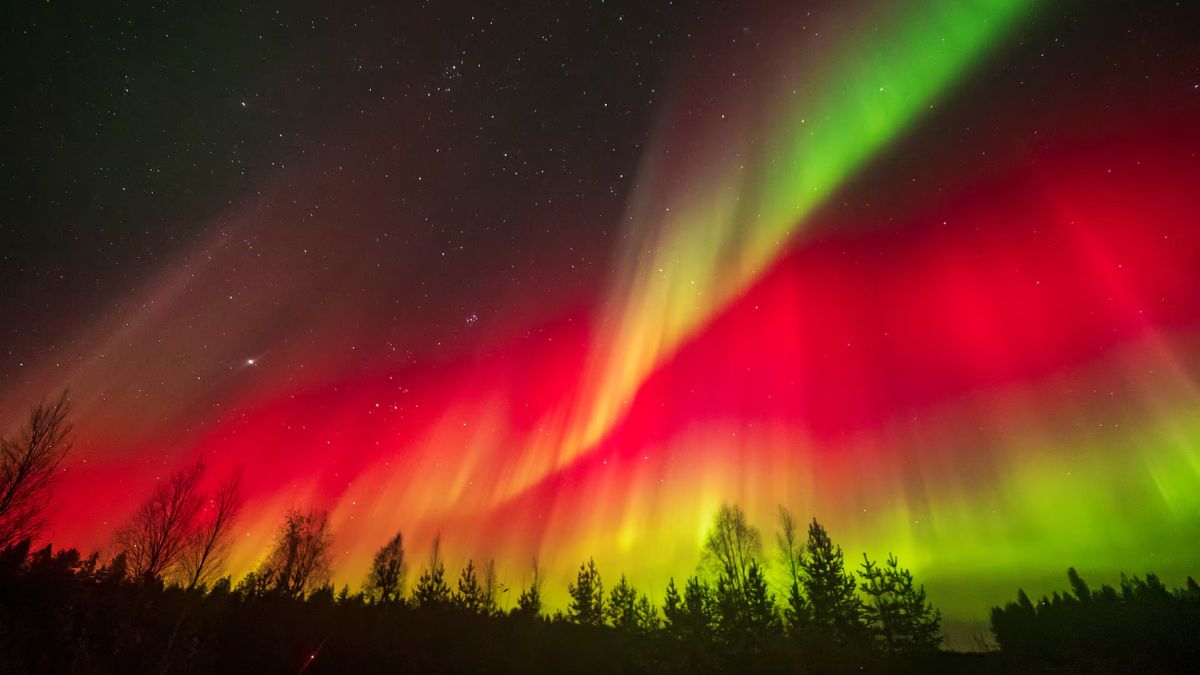
(CREDIT: REUTERS)
2. Color Variations: The shimmering greens are primarily from oxygen atoms at altitudes of about 100-150 km, while reds come from higher-altitude oxygen and nitrogen; purples and blues can appear from ionized nitrogen.
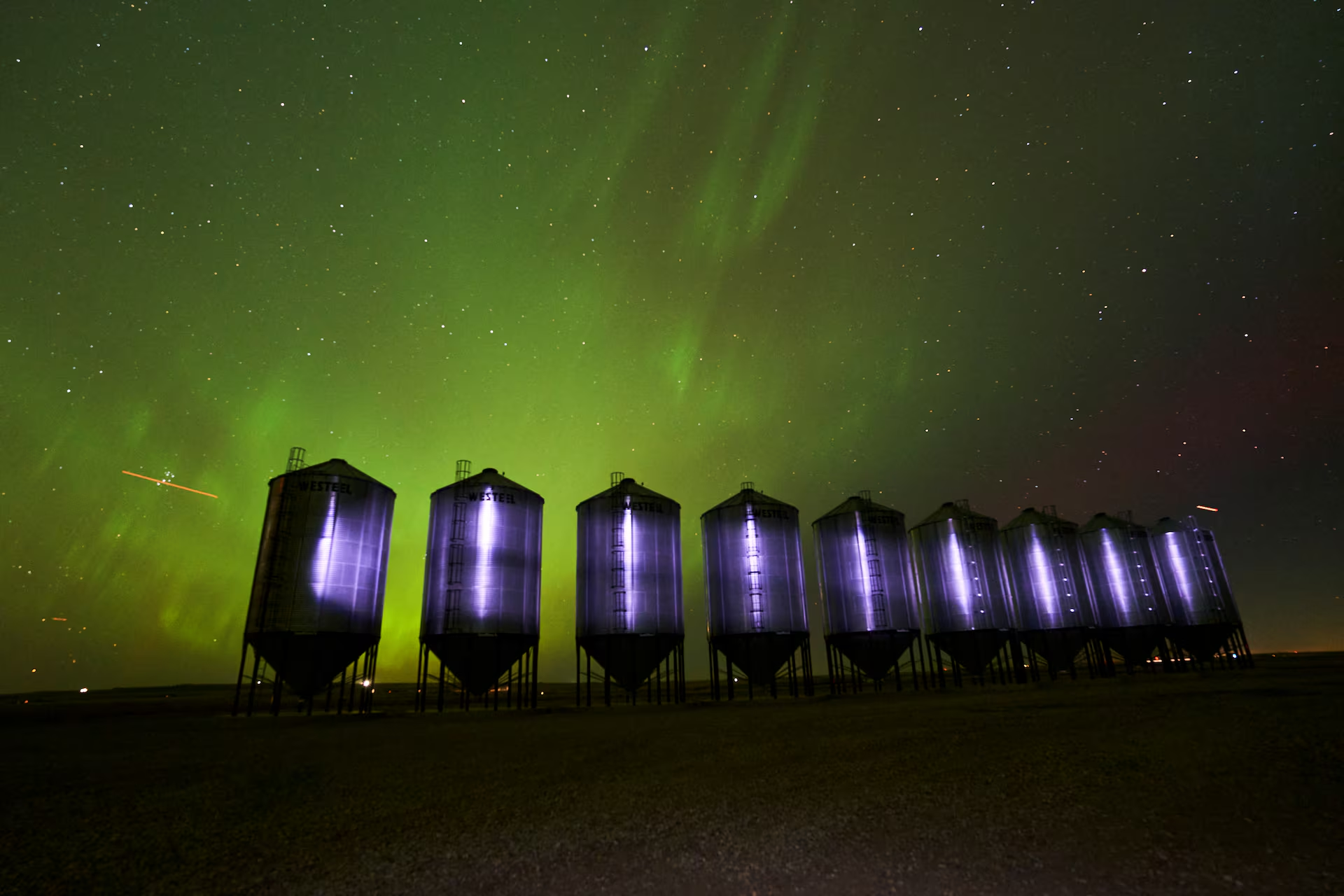
(CREDIT: REUTERS)
3. Optimal Viewing Locations: Best seen in high-latitude regions like Norway, Iceland, Alaska, and Canada during winter months (September to April) when nights are longest and skies darkest.
ALSO READ: Severe Solar Storms Could Hit Earth And Trigger Auroras; Could Disrupt Radio And GPS Communications
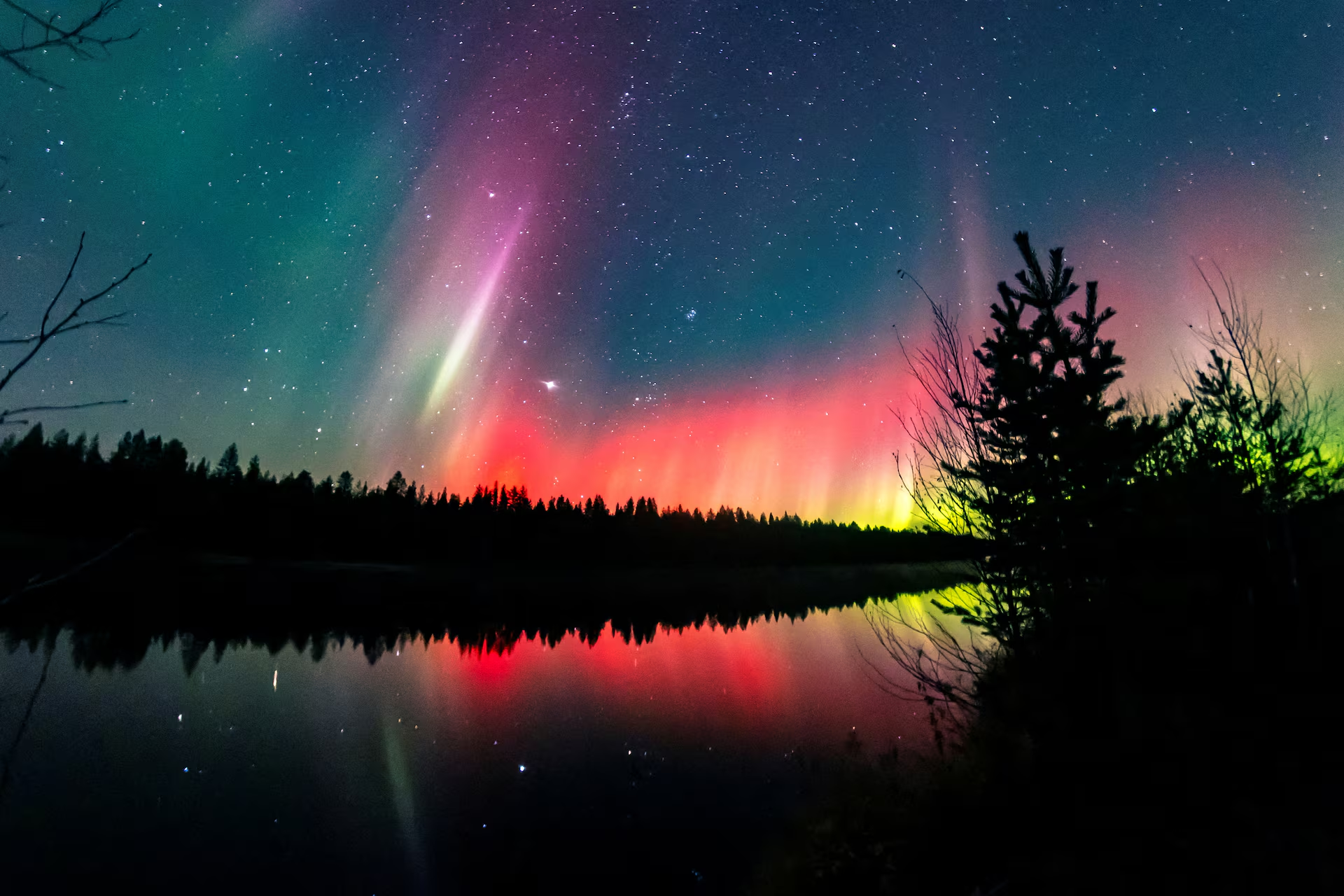
(CREDIT: REUTERS)
4. Solar Activity Influence: Auroras intensify during solar maximum periods in the 11-year solar cycle; in 2025, we're nearing the peak of Solar Cycle 25, making displays more frequent and vivid.
ALSO READ: Northern Lights In USA: Aurora Borealis To Light Up Skies Across US, Check When And Where To Watch
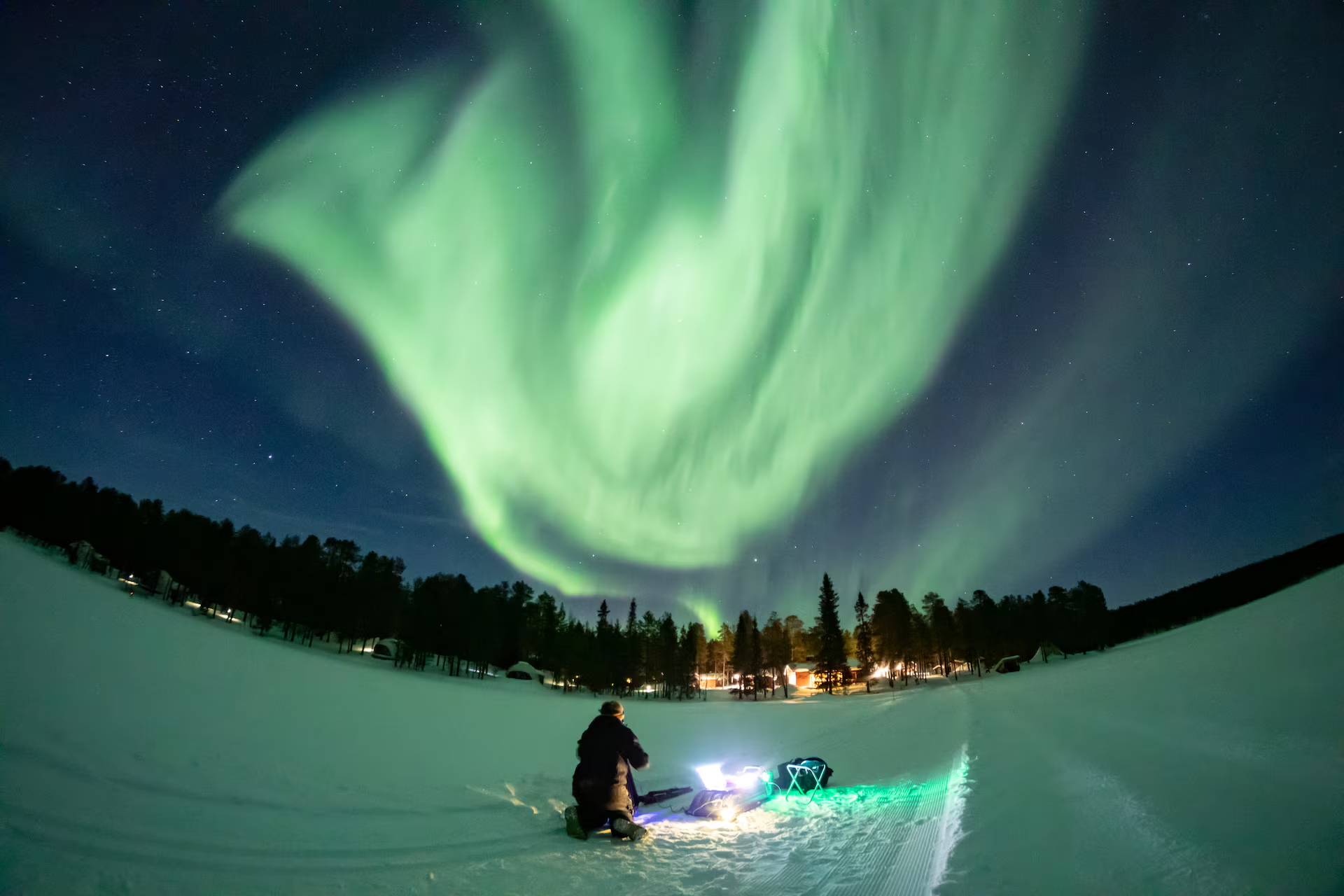
(Credit: Reuters)
5. Historical Significance: Indigenous cultures, such as the Inuit and Sami, have long viewed the lights as spiritual omens or ancestors; scientifically, they were first explained by Norwegian scientist Kristian Birkeland in the early 1900s.
-1763016906645.avif)
